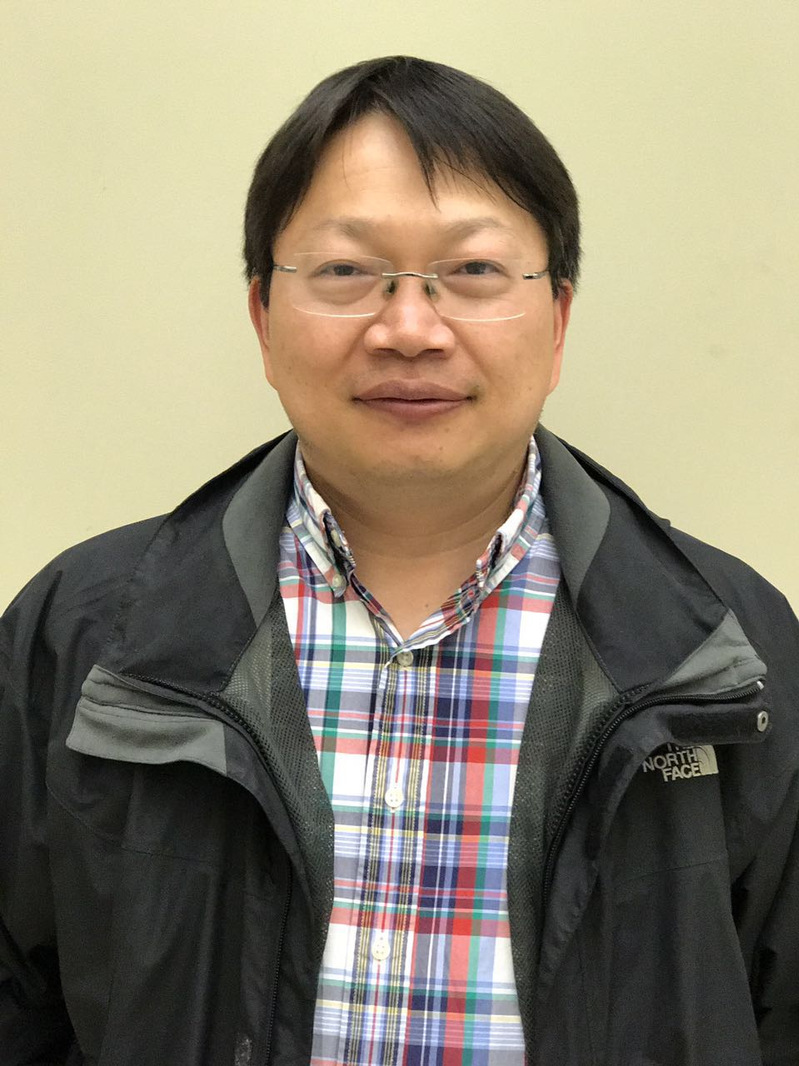Speaker: Professor Shengxiang Yang

Title: Dynamic Data Stream Mining with the Scarcity of Labels
Time: 15:00-16:00, Octoober 4, 2022 (Tuesday)
Website: https://meeting.tencent.com/dm/RaTpV6dTF4O1 (Tencent Meeting)
(Meeting number:218-552-049)
Abstract:
As pointed out in some classical papers on control, the extension from one-degree-of-freedom (1-DOF) controllers to two-degree-of-freedom (2-DOF) controllers enables the separate design with respect to the reference input (or the set-point) and the disturbance input (usually of load- type) in terms of a feedforward connection and transfer element inserted in the controller (and thus control system) structure. This allows the design of control systems with good dynamics performance with respect to both the reference input and the disturbance input, namely good set-point tracking and good disturbance rejection. The transition of the results specific to linear controllers to the fuzzy ones was suggested by Precup and Preitl in 1999 and 2003 leading to 2-DOF fuzzy controllers, which were first called fuzzy controlllers with non- homogenous dynamics with respect to the input channels, and further developed in 2009 and 2012 and applied to servo systems and electrical drives. This transition gives the opportunity to improve the control system performance especially when dealing with nonlinear processes.This lecture presents several issues concerning the design, tuning and implementation of 2-DOF fuzzy controllers focusing on 2-DOF PI-fuzzy controllers and 2-DOF PID-fuzzy controllers in their Mamdani and Takagi-Sugeno-Kang forms. The tuning is based on mapping the parameters of the linear PI and PID controllers to the parameters of the fuzzy controllers in terms of the modal equivalence principle. The linear controllers are tuned by Preitl’s and Precup’s Extended Symmetrical Optimum method (1999). The classical algebraic approach based on Diophantine equations and mapping the parameters of the 2-DOF linear controllers to the parameters of the 2-DOF fuzzy ones will be treated as well. This lecture highlights a part of the results obtained by the Process Control group in applications of 2-DOF fuzzy controllers. The results outlined in this lecture are related to processes in representative lab equipment in Process Control group’s labs and control systems in past and ongoing research contracts. Digital simulation results and experimental results are included.
[Editor: Xiaohan Liu]